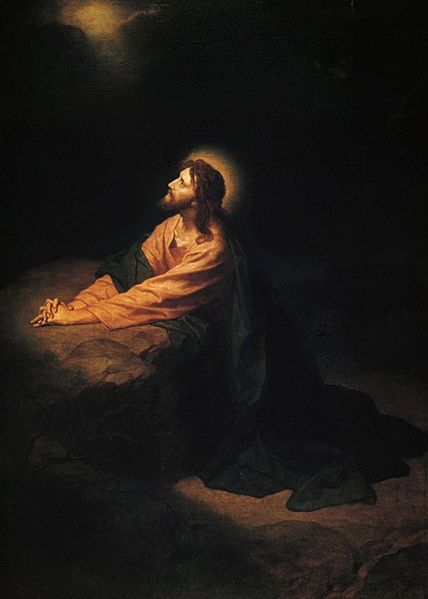
Wikimedia Commons public domain image
I share, here, some notes that I’ve taken from John W. Welch, et al., eds. Knowing Why: 137 Evidences That the Book of Mormon Is True (American Fork: Covenant Communications, 2017).
[In other words, this blog entry is partially made up of notes taken from a book. These notes are notes. From a book. The article from which the notes were taken is identified. I do not pretend that my notes here represent original research on my part. They are notes. I do not claim this as an original publication. It is a set of notes. I do not list blog entries among my publications. This blog entry is made up of notes. From a book. I’ve closely paraphrased what the book says. I’m simply sharing my notes. A week or two ago, I saw an article about a Latter-day Saint novelist who is sharing the writing of his newest novel live, online, complete with all of the false starts, revisions, crossed out lines, deleted paragraphs, and so forth. I have to confess that I found the idea quite unappealing. I myself wouldn’t want to do that. But I’m happy to share some portion of the notes that I take for my own non-fiction writing, thinking that some might find them of interest. I’m not trying to pretend that I am writing a new article of my own in such blog entries as this. I’m simply sharing my notes. Anybody who wants to brand me as a plagiarist for doing so is perfectly free to do that. But it seems a little bit silly to me and, knowing something of the history of those who’ve been making the charge of late, more than a little bit obsessive and malicious. I make no attempt to conceal the fact that these are notes. They are notes. And this nearly fifteen-year-old piece may be relevant, as well: http://mormanity.blogspot.com/2006/11/lds-apologists-daniel-peterson-john.html.]
King Benjamin’s coronation speech, recorded in the early chapters of the book of Mosiah in the Book of Mormon, was likely delivered in the context of a Nephite celebration of the Feast of Tabernacles, and, in the Jewish calendar, the Feast of Tabernacles follows Yom Kippur, the Day of Atonement. In the ancient Israelite temple, the rituals of the Day of Atonement included daubing and sprinkling the blood of sacrificial victims in order to purify various parts of the temple. (See Leviticus 16:14-19, 27.)
The book of Mosiah records that, immediately following King Benjamin’s mention of the atoning blood of Christ, the people cried out “O have mercy, and apply the atoning blood of Christ that we may receive forgiveness of our sins, and our hearts may be purified” (Mosiah 4:2). Furthermore, “It is perhaps ritually significant that Benjamin mentioned the words atone or atonement a total of seven times, the same number of times blood was sprinkled on the mercy seat and the altar” (190).
From the Mesoamerican perspective, the crowning of a king often occurred during harvest festivals, which included an enthronement ceremony involving a wooden tower or scaffold. (Compare Mosiah 2:7.) While on the tower, the Mesoamerican king would perform a ritual bloodletting, which sometimes entailed a shamanic vision, occasionally thought to provide information about future events. “Neither King Benjamin nor his successor Mosiah likely performed a bloodletting ritual, and Benjamin specifically disclaimed being divine (Mosiah 2:10, 26).” In that sense, his behavior may even have represented a conscious and public repudiation of surrounding customs. But he reported a vision of the future, including an eventual divine king who would shed his blood for the people. (191)
The account in the book of Mosiah seems to artfully combine Old World and New World concepts.
T. Benjamin Spackman, “The Israelite Roots of Atonement Terminology,” BYU Studies Quarterly 55, no. 1 (2016): 39–64.
Mark Alan Wright, “Axes Mundi: Ritual Complexes in Mesoamerica and the Book of Mormon,”Interpreter: A Journal of Mormon Scripture 12 (2014): 79–96.
Brant A. Gardner, Second Witness: Analytical and Contextual Commentary on the Book of Mormon, 6 vols. (Salt Lake City, UT: Greg Kofford Books, 2007–2008), 3:111–115, 151–156.
Terrence L. Szink and John W. Welch, “King Benjamin’s Speech in the Context of the Ancient Israelite Festivals,” in King Benjamin’s Speech: “That Ye May Learn Wisdom”, ed. John W. Welch and Stephen D. Ricks (Provo, UT: FARMS, 1998), 147–223.
Allen J. Christenson, “Annual FARMS lecture: Maya Harvest Festivals and the Book of Mormon,” Review of Books on the Book of Mormon 3, no. 1 (1991): 1–31.












